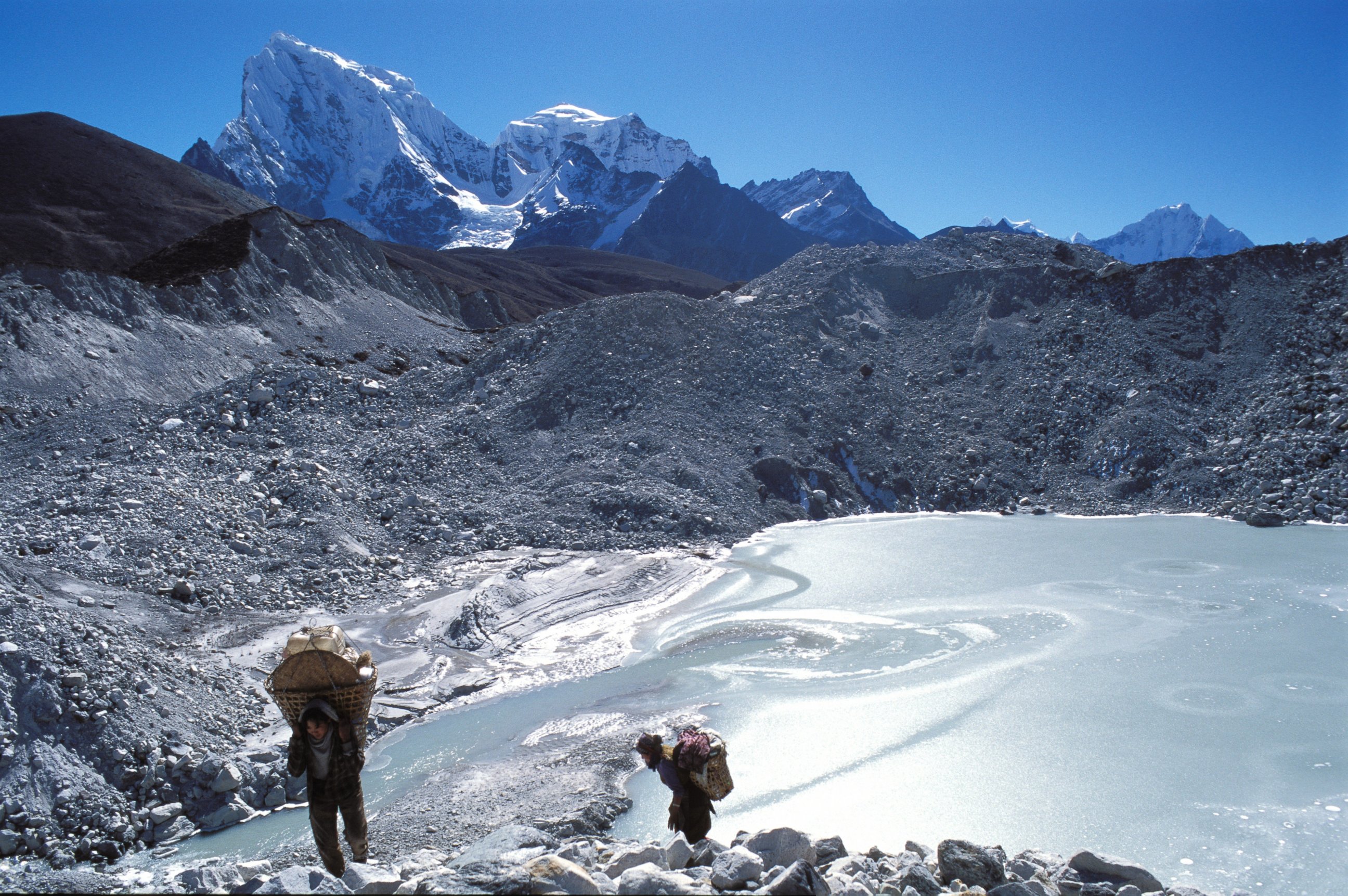Sherpa Guides 'Backbone' of Mount Everest Expeditions
Without them, climbers say scaling world's highest peak would be impossible.
April 18, 2014— -- Nepal's Sherpa guides know what it's like to be on top of the world.
For more than six decades, the Sherpas have been the unsung heroes of Mount Everest climbing expeditions and have helped thousands of climbers scale the world's highest peak.
These elite mountaineers, who also carry heavy loads, have guided adventurers through the treacherous terrain that challenges even the most experienced climbers. Their unmatched skill has made high-altitude tourism a pillar of Nepal's economy.
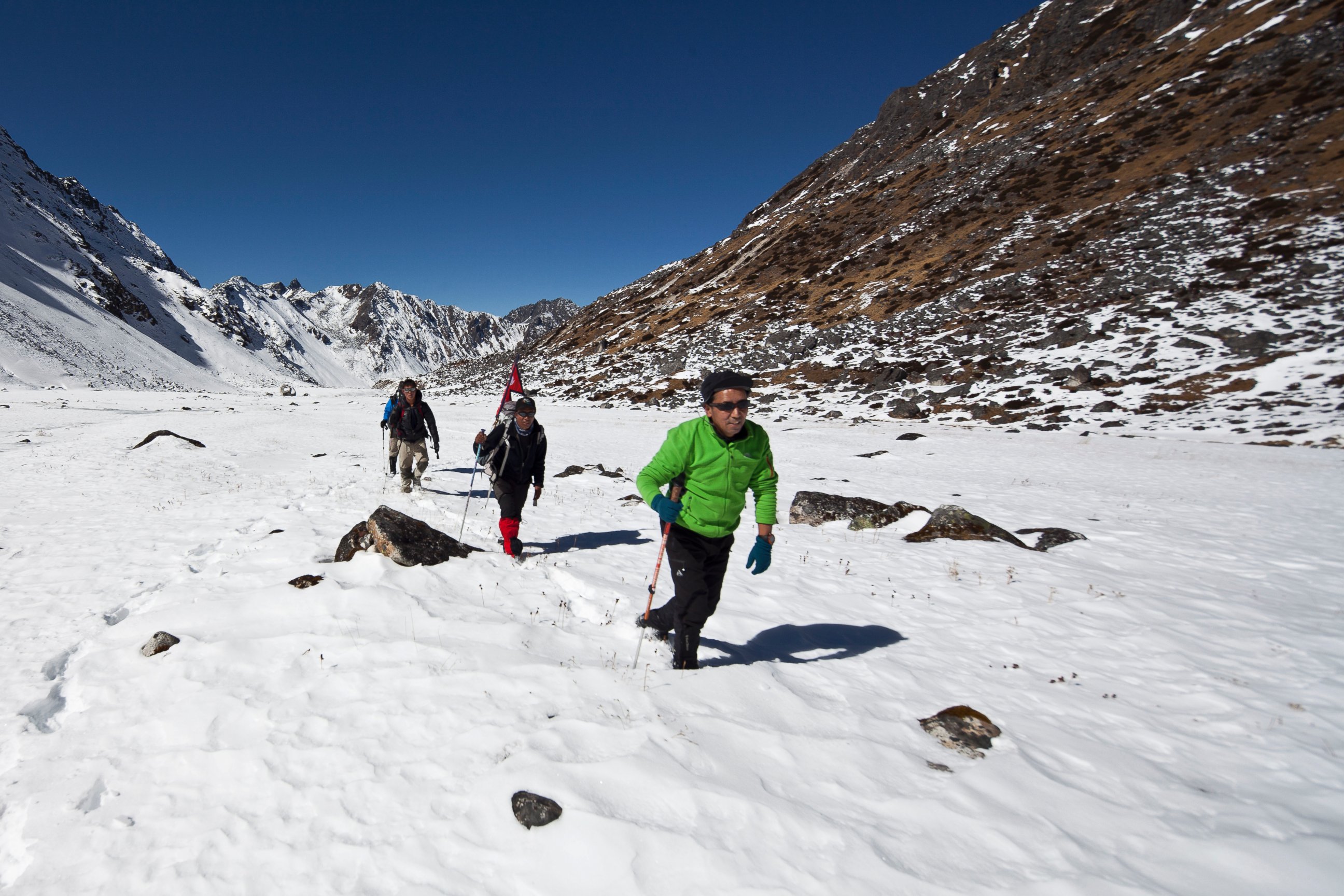
"These expeditions wouldn't happen without them. They’re the backbone of all the organizations up here," Australian climber Gavin Turner told ABC News. "Without the Sherpas, it just wouldn't happen."
The average elite Sherpa can make as much as $5,000 working on Everest for two months, according to National Geographic, while local farmers are lucky to make $1,000 a year.
Sherpas are aware of the danger of the job, but the high pay makes it vital for survival.
"Every year I must go on an expedition. I need the money for my children’s education, for my family," one Sherpa told the National Geographic.
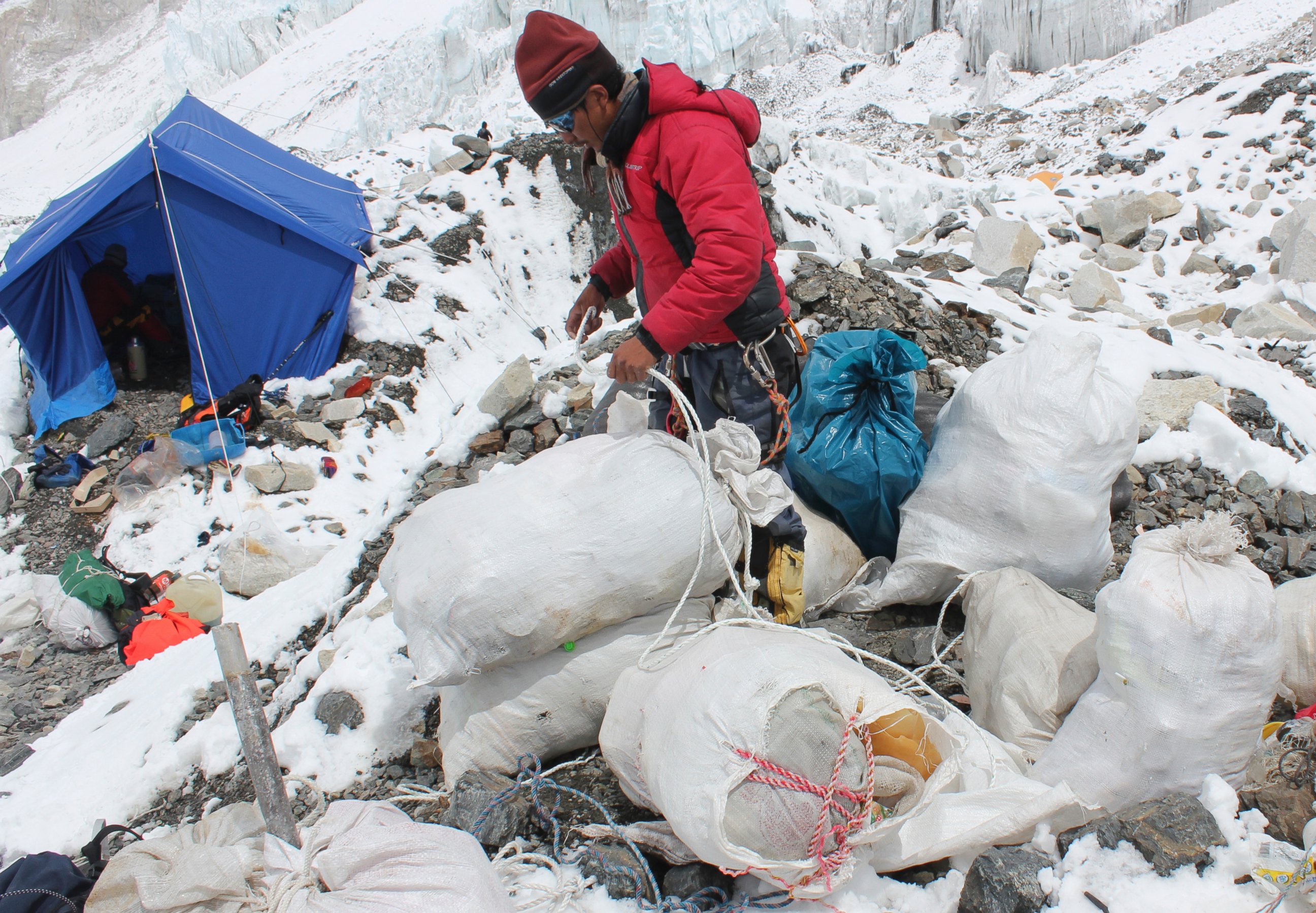
Not everyone is cut out for the job.
A 1976 study from the National Institutes of Health found that after living in the high-altitude region, Sherpas had undergone genetic adaptations that allowed them to better tolerate being in high altitudes with low oxygen.
More than 4,000 climbers have scaled the summit since 1953 when it was first conquered by New Zealander Edmund Hillary and Sherpa Tenzing Norgay.
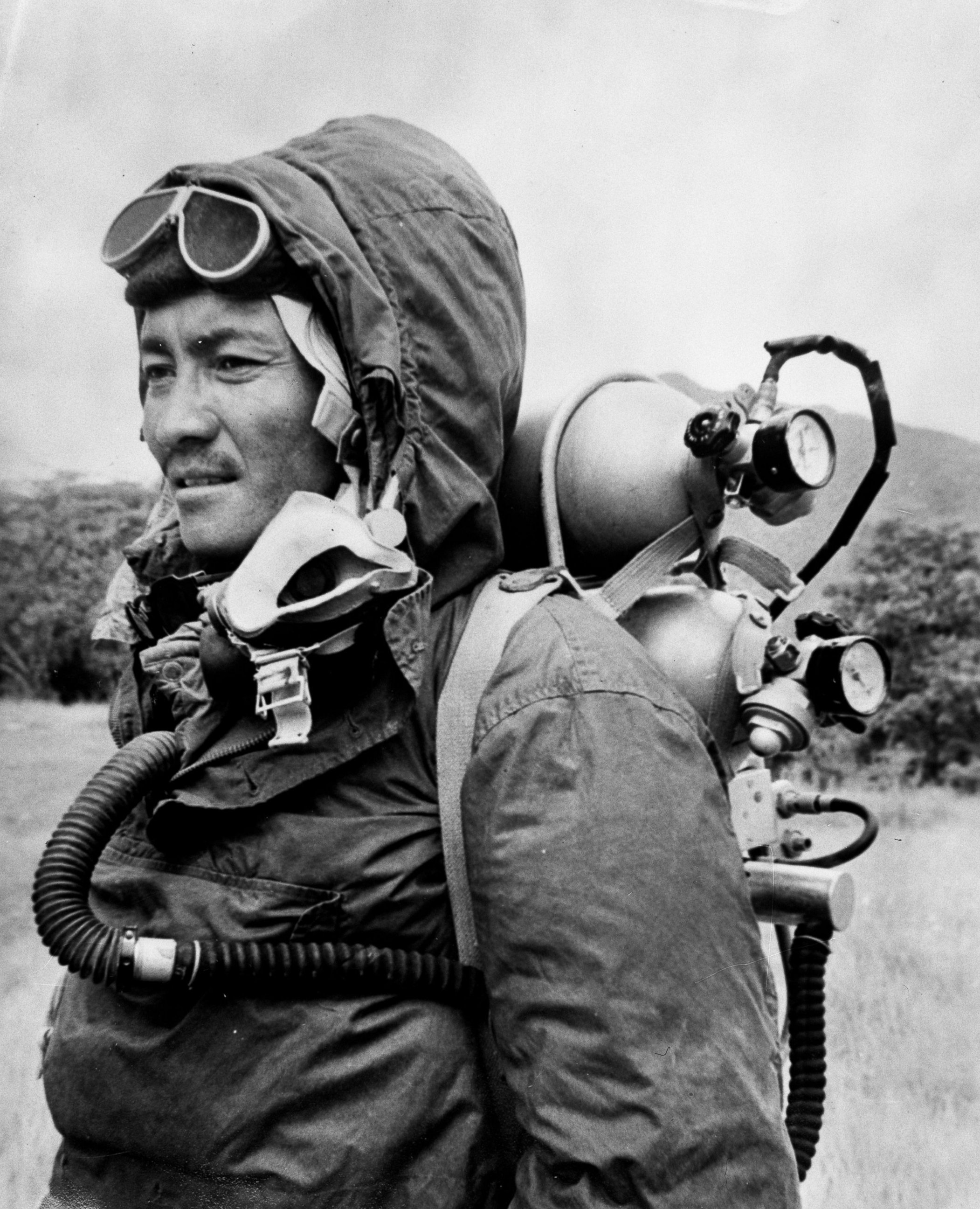
Hillary was deeply touched by his experience and started a charity to help the Sherpa community after his ascent.
"To many Western eyes the Everest region is a place of great beauty and high mountains to be conquered," he once said, according to his charity, the Himalayan Trust. "For the Sherpas who live there however, life has few privileges. Medicine and education are scarce, bridges and paths are often destroyed and the forest on which they depend are rapidly depleting."
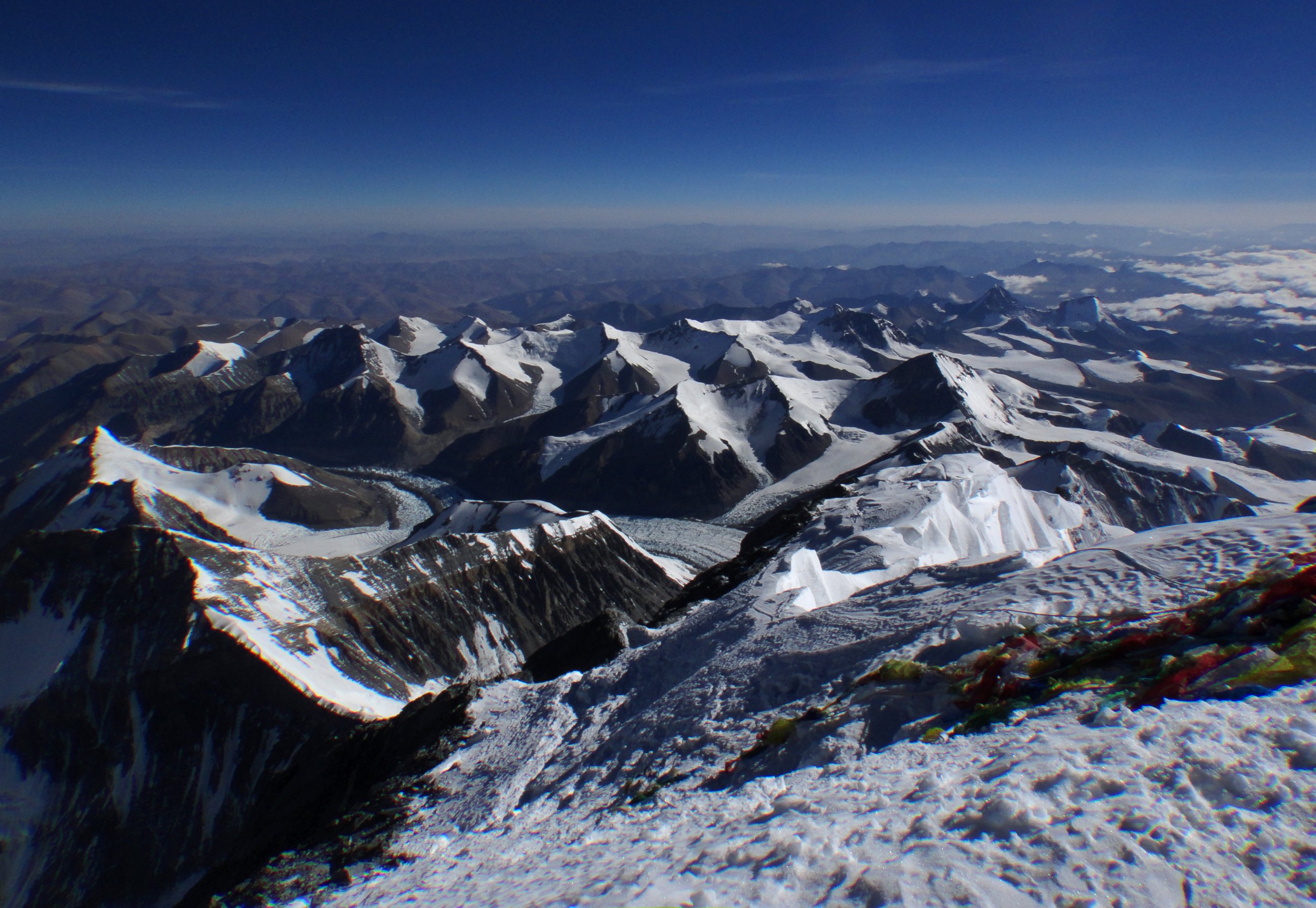
A place of such great beauty has also been the site of tremendous tragedy.
Hundreds have died attempting to reach the peak. A high-altitude avalanche today killed 12 Sherpas and left four missing, according to Nepal's Ministry of Culture, Tourism and Civil Aviation. The Sherpa guides were fixing ropes for other climbers when the avalanche hit, according to a witness.
It was the deadliest recorded disaster since a snowstorm killed eight climbers on May 11, 1996. That disaster was chronicled in Jon Krakauer's bestselling book "Into Thin Air."
In 1924, George Mallory attempted to scale the mountain, but never returned. It wasn't until 1999 when the British explorer's body was found at 26,755-feet on the north face of the mountain.
